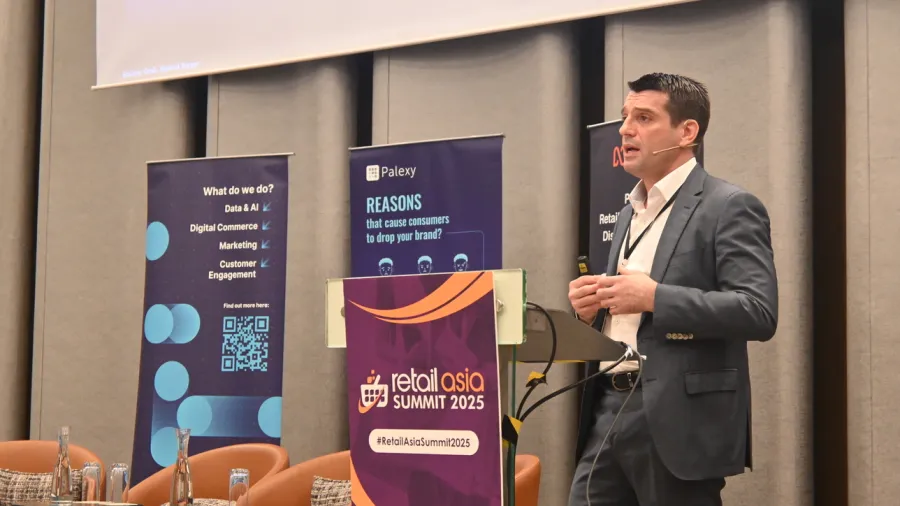
Homegrown brands embrace Asian culture to boost sales
Global brands are struggling to maintain their appeal.
Local brands are increasingly gaining market share in Asia’s consumer market by selling products that reflect local cultural values and identities, according to global consulting firm Roland Berger.
These brands are connecting better with consumers, whilst global brands are struggling to maintain their appeal, Hugo Texier, a partner at Roland Berger’s Consumer Goods and Retail Asia division, told the Retail Asia Summit 2025 in Kuala Lumpur in April.
The trend is noticeable in China, where sportswear brand Anta has surpassed Nike and Adidas in market size by tapping into national sentiment, he said. In Malaysia, local brands like Lam Soon have posted double-digit growth unlike L'Oréal S.A. and Procter & Gamble Co.
Texier said local players have an edge in Asia’s consumer market because they can better integrate digital and physical shopping experiences. He cited Grab Holdings Ltd.’s acquisition of Jaya Grocer Holdings Sdn Bhd., which boosted sales by merging their physical and digital platforms.
Global brands struggle in Asia where consumer behavior, digital ecosystems, and social media preferences vary a lot, he pointed out.
“You need to invest millions—actually, billions in the case of Unilever—to be able to address that complexity,” he said, noting how Unilever has invested millions of dollars in regional data centers to track consumer sentiment.
In Asia, Texier said, store associates act as the bridge between brands and customers by giving them advice across multiple channels. Creating a seamless omnichannel experience is therefore crucial.
He cited Genki Forest, a Chinese beverage company that is taking market share from Coca-Cola and Pepsi by using an agile, “test-and-learn approach” to product development.
“They are involving customers very early in the innovation cycle through social media,” he said, in stark contrast to the rigid steps followed by multinationals.
Texier also attributes local brands’ success to investment in digital capabilities and research and development (R&D). “Tech leaders like Alibaba or Amazon spend between 9% and 12% of their turnover on R&D.”
They also build extensive patent portfolios and form partnerships to quicken innovation. Walmart might have about 5,000 patents compared with Alibaba’s 33,000 at the start of the decade, he added.

















 Advertise
Advertise





